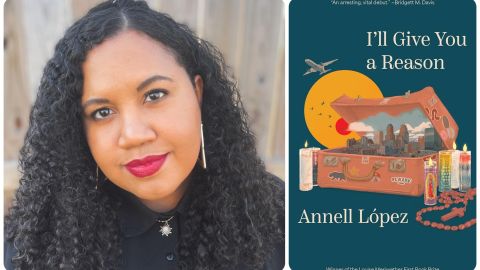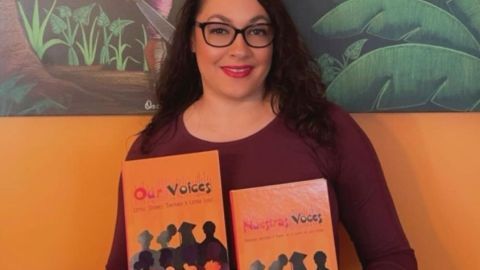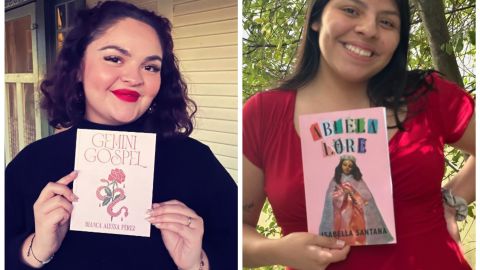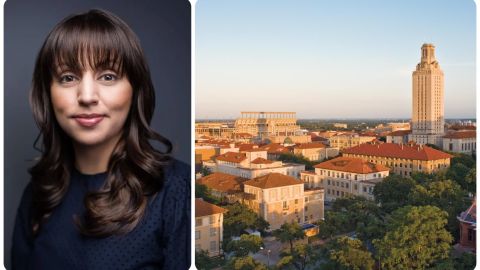7 Dia de los Muertos Celebrations Across Latin America
Dia de los Muertos originated 3,000 years ago and flourished mostly in the Central and Southern regions of the country we now recognize as Mexico

Photo: Unsplash/@valeear
Dia de los Muertos originated 3,000 years ago and flourished mostly in the Central and Southern regions of the country we now recognize as Mexico. Indigenous groups of the North did not celebrate Day of the Dead because they held other traditions.The festival was historically celebrated by indigenous cultures in the summer but after Spanish rule, the date was pushed to coincide with the Christian holiday, All Saint’s Day, at the beginning of November. That is why all Día de los Muertos celebrations in Latin America and the Caribbean take place around this time now.
A misconception about this holiday is that it’s a sad time or steeped in mourning — the true intention of Día de los Muertos is to celebrate and remember those who have passed on to the after life. Frequently there are joyful public events and parades for the community to participate in and most celebrations are colorful and filled with music and dancing. The most common offering for deceased loved ones is food and water, since there is a belief that the spirits will be hungry and thirsty after making the long journey from the the afterlife to join their families on this special day.
Here are seven countries in Latin America and the Caribbean that celebrate Day of the Dead besides Mexico:
wp_*posts
Colombia
Celebrated on the first of November, Colombians honor Día de los Muertos by going to the cemeteries where their loved ones are buried to pay respect with ofrendas such as flowers, food, toys and water. The celebration is also known in Colombia as Día de los Difuntos.
wp_*posts
Ecuador
Similar to Colombia, Ecuador’s Día de los Muertos is also known as Día de los Difuntos but celebrated a day later on the 2nd of November. Ecuadorians also visit the cemetery and bring ofrendas such as food. The traditional foods they bring to their loved ones are a purple corn drink called colada morada and guaguas de pan, sweet breads in the form of a baby.
wp_*posts
El Salvador
El Salvador’s Day of the Dead is celebrated as the Calabiuza Festival in the town of Tonacatepeque on the first of November where locals dress up with costumes and celebrate native folklore and mythology. Late into the night, locals cook pumpkin and honey for the attendees. The festival ends in the downtown plaza where the best dressed are honored.
wp_*posts
Haiti
Haiti’s version of the Día de los Muertos is The Vodou Festival of Fete Gede with most celebrations happening in the first two days of November. Believers get together in the main cemetery of Port-au-Prince and lay out gifts such as homemade beeswax candles, flowers, and bottles of rum stuffed with chili peppers, meant to warm the Gede’s bones.
wp_*posts
Nicaragua
https://www.pinterest.com/pin/38843615539643557/
Also celebrated on November 2nd, Nicaraguans’ traditions are similar to those of the rest of Latin America and Mexico. They visit deceased family members at the cemetery and bring flowers, bread, fruit, and candy. People come fully equipped with water hoes, picks, and shovels to clean the tombstone(s) and surrounding areas.
wp_*posts
Peru
Peruvians celebrate two days of Día de los Muertos which are dedicated to different causes. In Cuzco, November 1st is dedicated to Día de Todos los Santos Vivos with food such as lechon, sugar cane, chicha and tantawawa breads. On November 2nd, Peruvians celebrate Día de los Santos Difuntos, where they go to the cemeteries and honor the dead.
wp_*posts
Venezuela
https://www.pinterest.com/pin/345229127685891764/
Similar to Peruvians, Venezuelans, celebrate both Día de Todos los Santos and Día de los Difuntos on November 2nd who go to the cemetery and visit the graves of loved ones again bringing flowers, cleaning their tombstone area and praying.
SaveSave
SaveSave
SaveSave

















